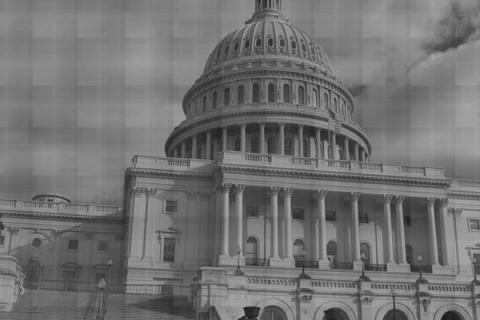Every ten years, district lines are redrawn following an updated US Census report. Whether at the state or federal level, partisan legislators have always redrawn the lines based on the reports. Out of concern for their own incumbency and out of a desire to reduce competition (and thereby lower the cost to run elections), the Democrats and Republicans “trade seats” by creating highly Democratic and highly Republican districts. This pushes electoral competition to the primary, where voter turnout is low, and prevent credible, serious, and potentially expensive challenges to partisan control.
For example, in California, only 1 of its 53 congressional seats has changed party hands in the last decade. David Wasserman, a redistricting expert for the nonpartisan Cook Political Report, estimates that only 20 out of the 435 seats in the House in the entire country will be competitive races. "In general elections, it's almost rigged," he said in an interview with CNN in 2011. Currently, there are just two Senators and no House members of Congress in the federal government that are not either a Republican or a Democrat.
Further, there are no independents or third party representatives in California’s legislative or congressional delegations. In fact, no candidate from outside the two major parties has ever been elected to a partisan office under the current system. Since 1990, only 8 independent candidates have even qualified to be on the general election ballot in California.
The intent of political parties to preclude voters from having a meaningful vote is not without precedent in our legal history. Most notably, these preclusions have been based on race. For example, discrimination based on race under the Voting Rights Act of 1965, was expressly prohibited within our electoral laws and redistricting.
In White v. Regester, 412 U.S. 755 (1973), the plaintiffs challenged a Texas reapportionment plan that created multimember districts in place of a system in which multiple districts had a single member. In other words, instead of individual representatives being elected community-by-community, a pool of communities would elect a group of representatives. What the reapportionment did in this case was put minorities in a large pool of predominately white communities, so that the candidates from the minority communities had little chance to get the votes necessary to win an election. The plaintiff claimed that the new plan was invidiously discriminatory against blacks and Mexican-Americans. The Court agreed, holding that black and Mexican-American communities were removed from the political process and there was sufficient cause to sustain a lower courts order invalidating the new plan.
Although the parties have been prevented by the Voting Rights Act to use redistricting as a tool to discriminate based on race, they have used their old tool box to create strategic electoral boundaries based on a less offensive, but equally effective, basis: partisanship. “Most legislative districts are so safe that the real battles are in the primary elections. Very liberal Democrats and very conservative Republicans usually win those primaries and go on to easy victories in the fall. This has led to deep, partisan divisions in the operation of the Legislature and a breakdown in debate and compromise.”
In California, Propositions 14 (the "Nonpartisan Open Primary") have combined in 2012 with the independent redistricting of legislative districts to take aim at the heart of this division. The questions now are: (1) will California's elections move away from extreme partisanship this year, and (2) will other states take up similar measures in an attempt to break the stranglehold partisan politicians have over our electoral process.

